
Optimized feed inlet with anti-arching configuration, supplemented by Siemens frequency conversion feeding motor, so that any organic biomass raw materials can be silky smooth into the pelletizing chamber, improve production efficiency and at the same time reduce the failure rate of the equipment.
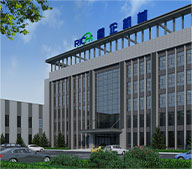
Brand
RICHI

Raw Material
Organic biomass
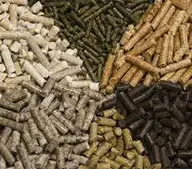
Finished
Pellets
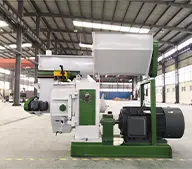
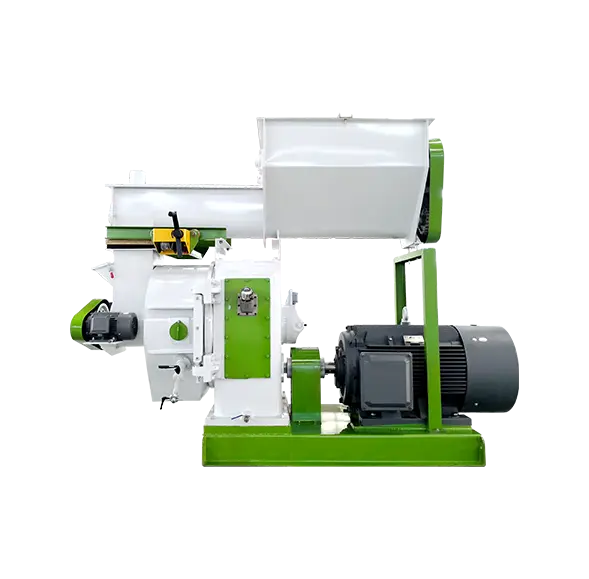
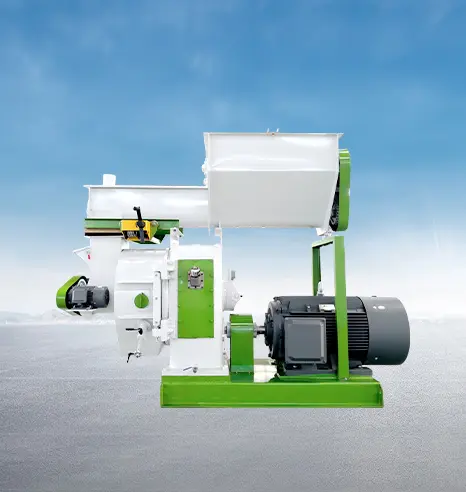
| Model | MZLH320 | MZLH350 | MZLH420 | MZLH520 | MZLH678 | MZLH768 |
|---|---|---|---|---|---|---|
| Main Motor Power(Kw) | 22 | 37 | 90 | 132 | 185 | 250 |
| Arch Breaker Feeder Power(Kw) | 2.2 | 2.2 | 3 | 3 | 3 | 4 |
| Forced Feeder Power(Kw) | 0.75 | 0.75 | 1.5 | 1.5 | 1.5 | 1.5 |
| Ring Die Inner Diameter (mm) | 320 | 350 | 420 | 520 | 673 | 762 |
| Finished Pellets Diameter (mm) | 4~12 | 4~12 | 4~12 | 4~12 | 4~12 | 4~12 |
| Production Output (TPH) | 0.2-0.3 | 0.3-0.5 | 1.0-1.2 | 1.5-2.0 | 2.5-3.0 | 3.0-4.0 |
Technological innovation is essentially all about customer service. To make you feel the convenience of RICHI's products, technologies and solutions in the process of biomass pellet production.
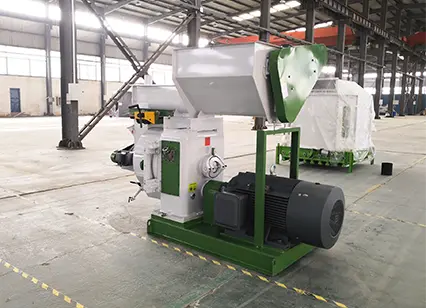
Feeding systems
The frequency conversion feeding system with anti-arching improves the continuity and consistency of the raw material conveyed to a large extent. At the same time there is still a forced feeder escorting the feeder before pelletizing. This improves the yield and quality of the biomass pellet production from the source.
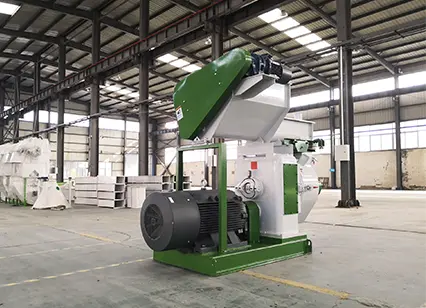
Drive system
High-end Siemens industrial grade drive motor drives the drive shaft of RICHI biomass pellet mill, which is more stable and durable than traditional belt drive. In the long run, this not only improves efficiency but also saves maintenance costs.
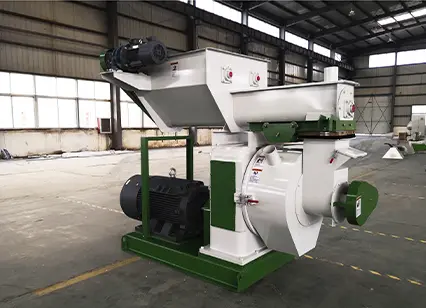
Structure and material
The body of the machine is made of high quality and high specification alloy steel, which is sturdy and durable, reduces resonance and runs stably. The parts that come into contact with the raw material are made of high grade stainless steel, which does not affect the raw material in any way and greatly improves corrosion resistance.
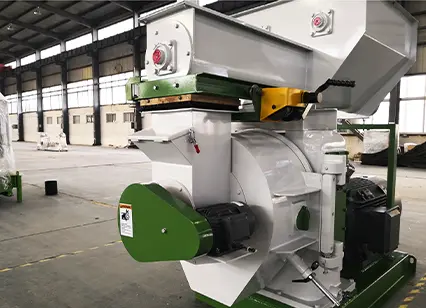
Control and Safety
Each RICHI pellet machine is equipped with an independent electric control system and safety stop function. It can not only avoid losses caused by perceived errors, but also effectively protect the pellet mill and subsequent production equipment.
Explore our efficient and streamlined purchasing process, designed to simplify and optimize the acquisition of a complete biomass pellet production plant. Every stage is tailored to meet your specific requirements, from the initial schematic design and precise manufacturing processes to secure payment methods and seamless on-site installation and commissioning. Furthermore, our comprehensive spare parts service provides ongoing support and ensures optimal machine performance, offering you long-term reliability and peace of mind.


Solution Formulation
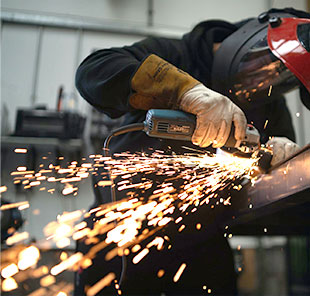
Equipment Manufacture

Secure Payment
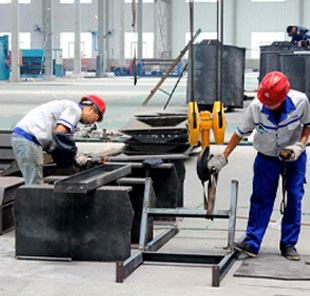
Spare Parts Service

HENAN RICHI MACHINERY CO.,LTD
Henan Richi Machinery Co., Ltd was founded in 1995. After more than 20 years of development and growth, RICHI has grown into a modern enterprises engaged in independent research and development, production and sales, Including feed pellet machinery and engineering, biomass pellet machinery and engineering, organic fertilizer machinery and engineering, conveyor equipment and engineering, steel structure engineering, silos, automation control technology and engineering product development and manufacturing, design and installation. The company has passed ISO 9001 international quality management system certification and CE certification!
Get Quote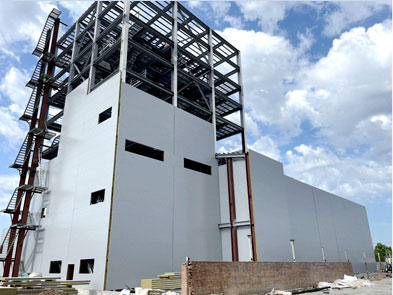

This state-of-the-art equipment supports a wide range of feed formulations for poultry and livestock, improving feed quality and reducing production costs. And its scalable design accommodates future expansion.
Learn More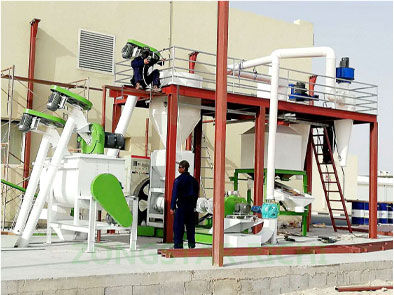

The system is fully automated, enabling seamless operation with minimal labor and supporting sustainable agricultural practices through the use of alfalfa and other forages.
Learn More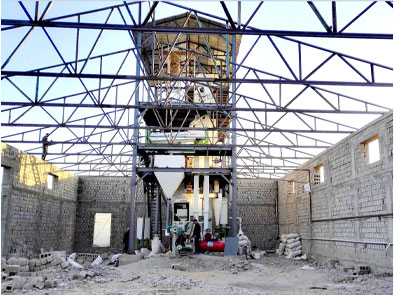

Hardwood residues are processed into durable, high-energy biomass pellets. Designed for industrial production, the system utilizes advanced drying and pelletizing technologies to ensure efficiency and quality.
Learn More

This project is capable of producing fish and shrimp feeds, equipped with precise extrusion technology for superior feed quality. The customer emphasizes its reliability and ease of operation as the main advantages.
Learn More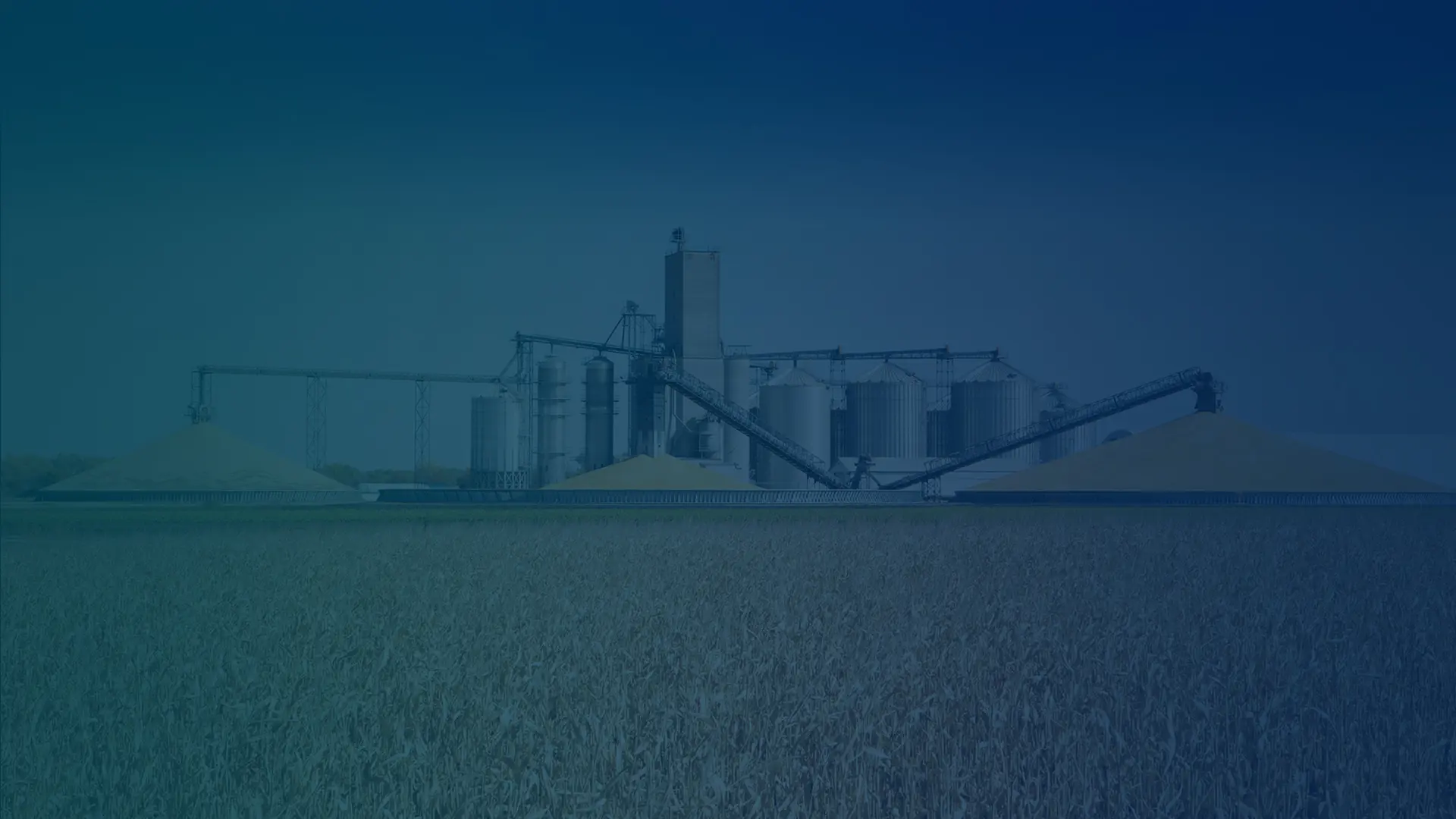
What raw materials do you intend to use for pellet production?
How many tons per hour about this plant you want to build?
Where will your pellet mill plant be built?
When do you plan to start this project?
For pelletizing, raw materials should generally be ground to a particle size of 3-5 mm. This size allows the material to be compacted efficiently within the pellet machine, ensuring consistent pellet quality and smooth production flow. Smaller particles improve binding and help produce denser, uniform pellets, which is essential for both animal feed and biomass fuel applications.
The optimal moisture content for biomass pelletizing is typically between 10-15%. Maintaining this range helps ensure that pellets form properly, are dense, and maintain structural integrity. Too much moisture can lead to softer, inconsistent pellets, while too little moisture can make materials difficult to compress, potentially causing equipment strain.
A biomass pellet machine requires regular maintenance to ensure optimal performance and longevity. Key tasks include cleaning to prevent blockages, lubricating moving parts to reduce wear, and inspecting and replacing components such as dies and rollers as needed. Routine maintenance typically involves checking for signs of wear and tear, adjusting settings for efficiency, and keeping the machine free of dust and debris. With consistent maintenance, the machine can operate efficiently and reduce the risk of downtime.
Yes, a biomass pellet machine can produce pellets in various sizes. By changing the die in the pellet machine, you can adjust the pellet diameter to meet different requirements. Common sizes range from 6 mm to 12 mm in diameter, depending on the intended use of the pellets, such as for residential heating, industrial energy production, or specific biomass applications. Adjusting pellet size helps customize the product for particular markets and applications.
Yes, training is generally required to operate a biomass pellet machine effectively. Proper training helps operators understand machine setup, operation, and maintenance practices, which are essential for safe and efficient pellet production. Training also covers the necessary safety protocols, troubleshooting techniques, and optimal production settings, ensuring consistent pellet quality and reducing the risk of equipment issues. With trained operators, the machine’s performance and lifespan are maximized, while downtime and operational costs are minimized.
The lifespan of a biomass pellet machine is generally 10-15 years or more, depending on factors such as the quality of materials, production conditions, and maintenance practices. Regular care, including cleaning, lubrication, and timely replacement of wear parts, helps maximize durability and efficiency. Higher-grade machines with robust components can last longer, especially when used with appropriate raw materials and operated within recommended capacity. Proper usage and preventive maintenance can significantly extend the machine’s operational life.
Yes, a biomass pellet machine can be used to produce fuel pellets. Biomass pellets made from materials like wood, straw, and agricultural waste are commonly used as renewable fuel sources in heating systems, industrial boilers, and power plants. These pellets offer an eco-friendly alternative to fossil fuels, providing efficient energy with a lower carbon footprint. Biomass pellet machines are designed to compress organic materials into dense, high-energy fuel pellets suitable for various energy applications.
To maintain the quality of biomass pellets, store them in a dry, cool, and well-ventilated area to prevent moisture absorption, which can lead to spoilage, mold, and reduced burning efficiency. Avoid direct sunlight and exposure to open air, as these can impact pellet density and durability. Use airtight containers or bags if possible, and stack pellets off the ground to further protect them from moisture. Proper storage ensures pellets retain their quality and are ready for efficient use in biomass systems.
If you need further information, please contact us

For all inquiries fill in the form below to send us a brief message,and we will get back to you as soon as possible

RICHI stick to the service principle is: We are focusing on your future, your future is our future!
© HENAN RICHI MACHINERY CO., LTD 1995-2025
Product Line-Up / Privacy Policy